If you want to buy a property but don’t have the cash immediately, bridging finance might assist. Private individuals and buy-to-let property owners, as well as new property developers and commercial investment companies can apply.
A deciding factor when considering a bridge is time. Bridging finance is considered fast and short term finance to acquire a great project after which you would exit on to a longer term finance. For instance, a highly competitive and lucrative deal has presented itself and your window to purchase the opportunity is small. You would use bridging finance to fund the purchase, and if possible, exit to a more permanent funding line at your leisure.
Another factor is when a project or opportunity is not ready for term lending and key milestones need to be met in order for main lenders to consider providing term finance. These milestones could be getting a property into a lettable condition or obtaining planning approval. For instance, a developer may quickly use bridging to purchase a competitive piece of land, and once planning is attained, exit onto a development finance facility.
What is Bridging Finance
Bridging finance may be utilised to bridge the gap between buying an investment and obtaining more permanent financing for it. More specifically, bridging finance can be a great option if you’re looking to buy a property quickly and don’t have all the funds immediately available.
These loans are usually short in duration, generally running for a few months, but they generally provide money fast. They’re also great for purchasing property and doing a quick refurbishment or construction project (generally known as “property flipping”). They can also function as a short-term mortgage between acquiring property at an auction and reselling it.
To emphasise the point: It’s important to remember that bridging finance is a short-term solution and should only be used for a specific purpose. These loans often come with higher interest rates than traditional mortgages, so it’s important to have a solid plan in place for how the loan will be repaid.
Bridging finance is typically charged at an interest rate on a monthly basis which can be between 0.4% to 1.25% per month depending on the deal specifics and personal circumstances. Other costs include arrangement fees (between 1-2% of the gross loan amount), lenders legal costs and survey and other ancillary fees.
Since most uses for bridging finance include circumstances where income can not be earned from the project at the time of purchase, the interest from most bridging funding is taken at the commencement of the loan. For example, if you were looking to utilise the bridge for 12 months, the interest would be calculated over that period, “rolled up” and taken from the gross loan along with any arrangement fees and costs. This is not always the case and if the loan interest can be paid through the income generated by the asset or any background income, then a serviced option could be considered.
Finally, the amount that you can borrow is typically up to 75% to 80% loan to value and with loan sizes from £50k to £25m+. The available amount depends on the deal and your personal experience. Also it’s important to mention that this is the gross figure. From this amount the interest and costs are deducted, so it is important to have sufficient funds to cover this, substantial and regularly unforeseen, shortfall.
Considerations When Applying
Lenders use the viability of a project to determine whether or not they will finance your property, so it’s critical to make sure you can demonstrate that your initiative has the potential to generate income and profit.
If you have prior experience in real estate development, you should be able to demonstrate a track record, but if you are new to the sector, it may prevent you from taking on the most significant projects and lenders will view you with more caution. This caution does come at price and would be reflected in the terms that the lender will offer.
However, there are always exceptions, and a lack of knowledge may be compensated by creating the right team around you. For instance, it may be possible to leverage the experience of a project manager or builder who has demonstrated skill and experience in the project you are undertaking. However, lenders do want to see any such key persons are tied into the project and have “skin in the game” so that they will not exit the project early.
However, as mentioned above, when a lender expresses caution, negotiating could bridge any shortcomings but will impact your bottom line.
There are many more factors to consider, such as any background assets and instructing experienced solicitors; so employing the services of an expert finance broker is key. How a broker packages your deal can mean the difference in gaining approval, saving time and reducing unnecessary enquiries by the underwriter. Unlike regulated lending, commercial financing, in general, is built on relationships and if your broker is not well connected and informed with a wide variety of lenders, it will impact on the success of securing funding and ultimately the success of your project.
Exiting the Bridging Finance
This is the key to any bridging finance. One of the very first questions the lender will ask is how you are going to exit your bridging facility. This could be a variety of ways including selling the completed project, re-financing on to a longer term loan or exiting on to another bridge.
For instance, if you have used bridging finance to acquire a piece of land without planning, you can exit on to a development finance facility once planning permission has been granted. Or if you have completed your refurbishment of your property, and you are looking to keep the property, refinancing on a buy-to-let mortgage is the solution.
This exit needs to be decided at the point of enquiry. That’s not to say you are unable to change your mind, but the lender will want to know that a viable plan is in place to bring your bridging facility to a close. Remember this is not meant to be a permanent solution but a bridge to one.
This blog was produced in collaboration with SME Capital and written by the team at Axies Digital.




